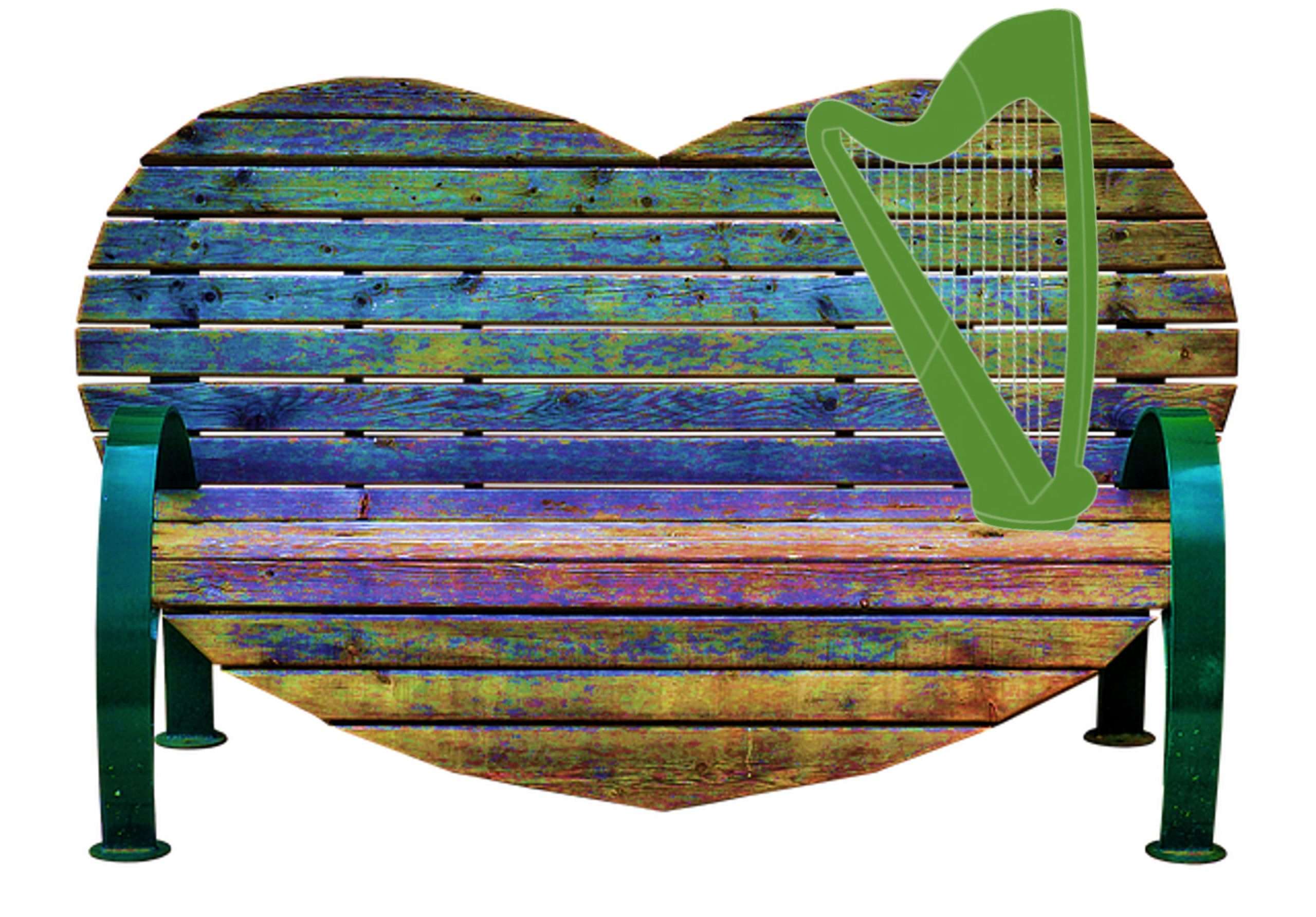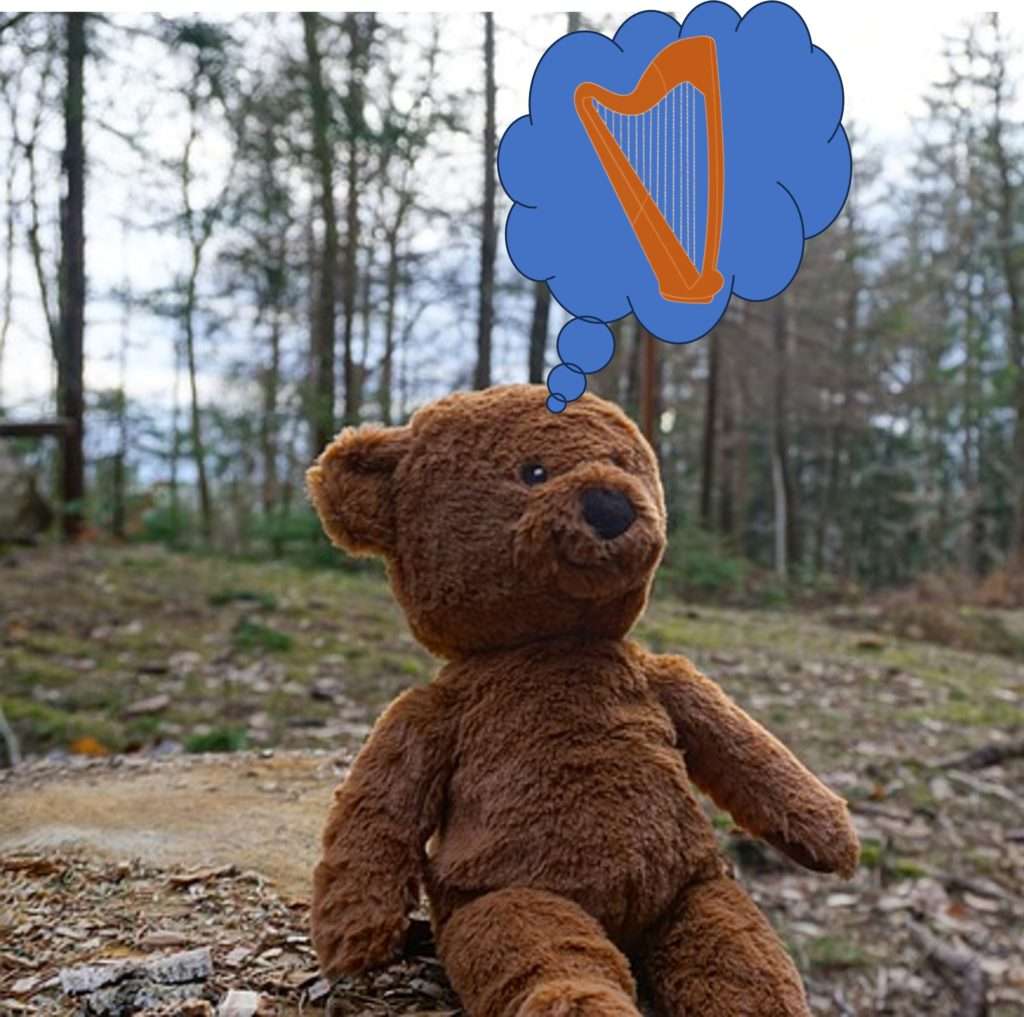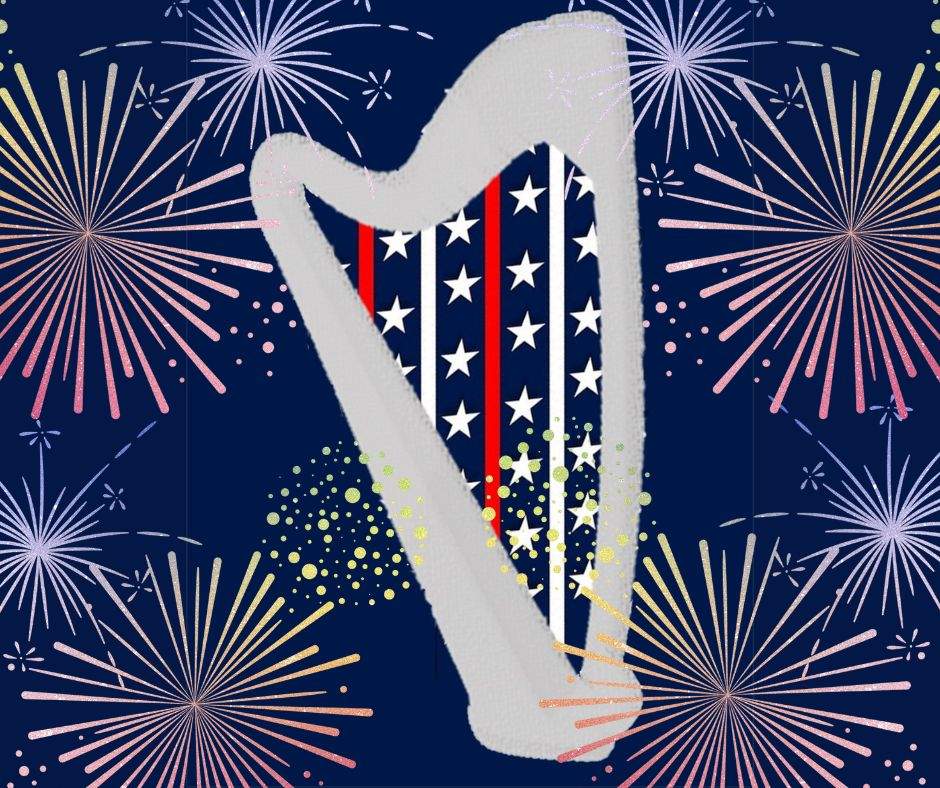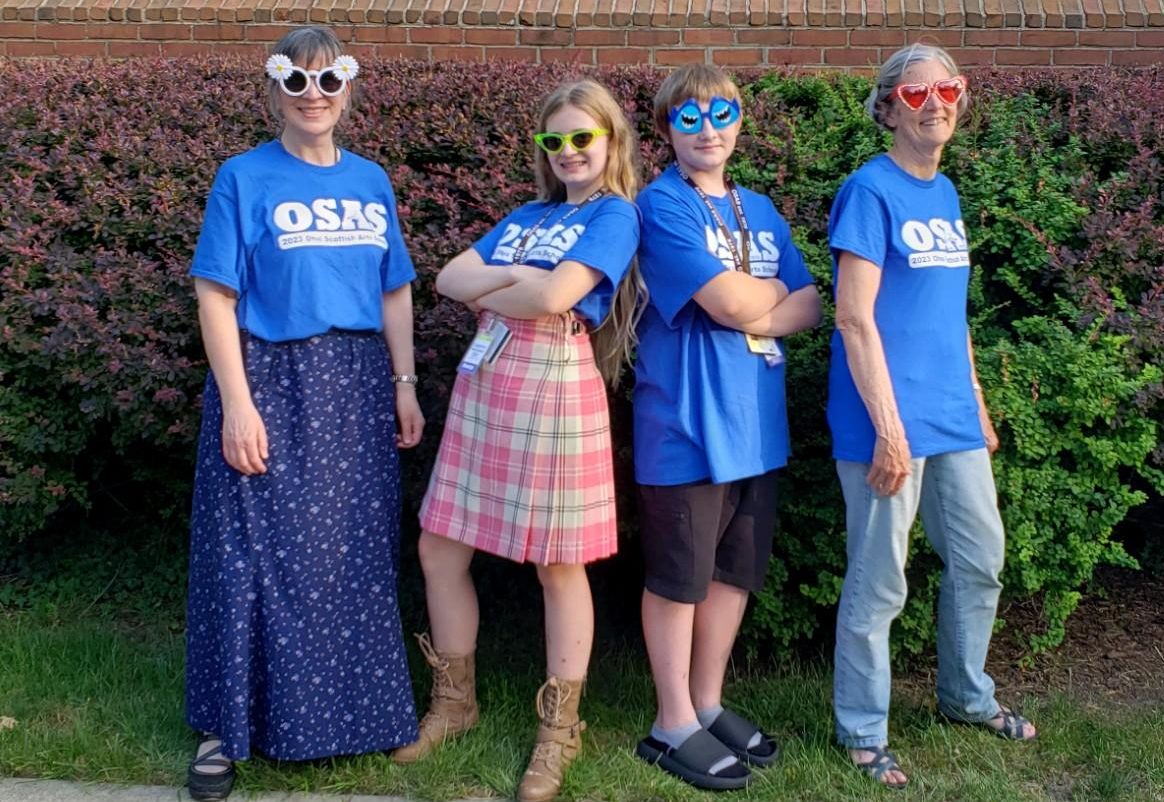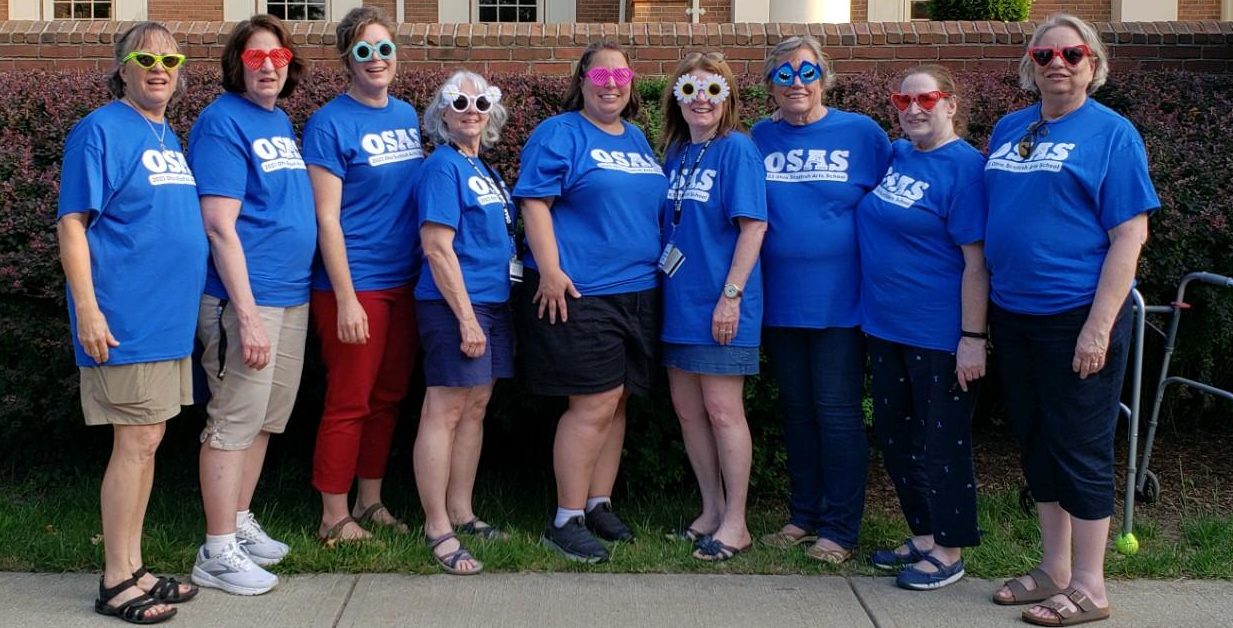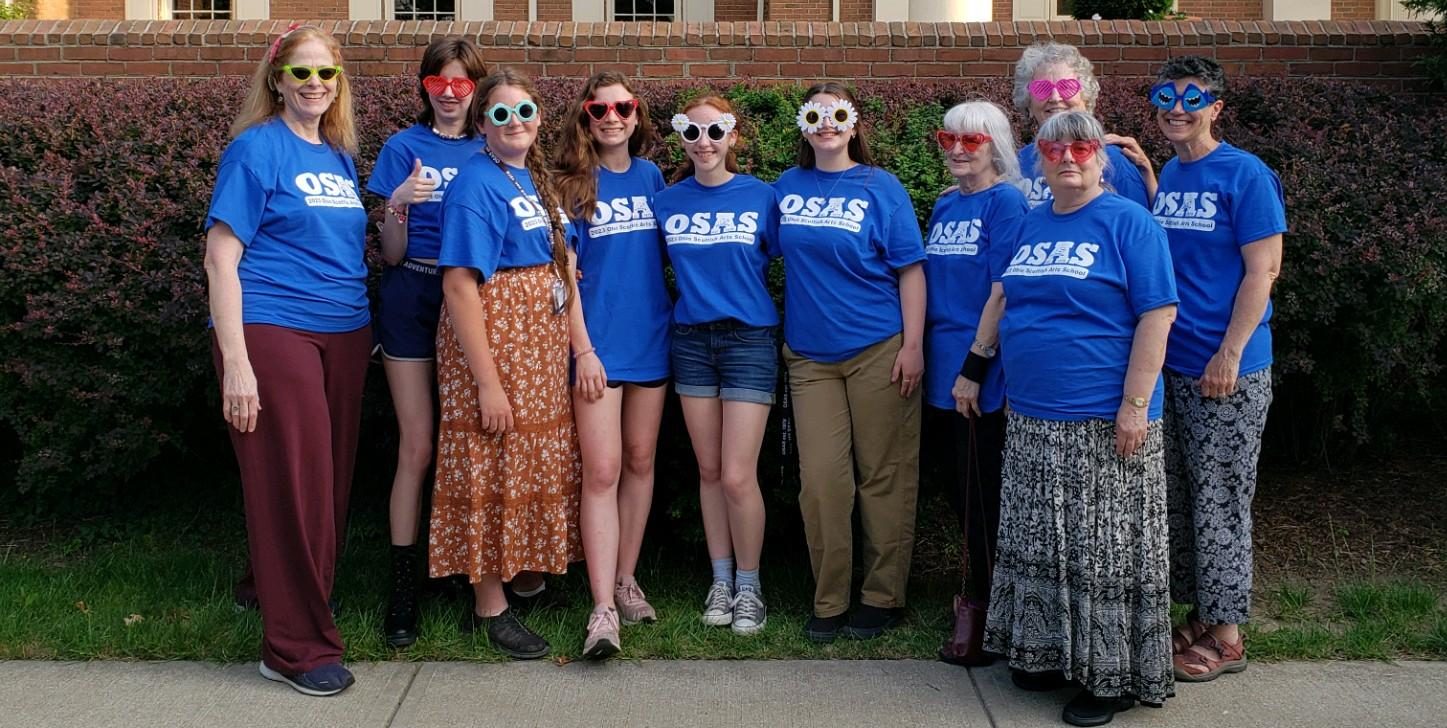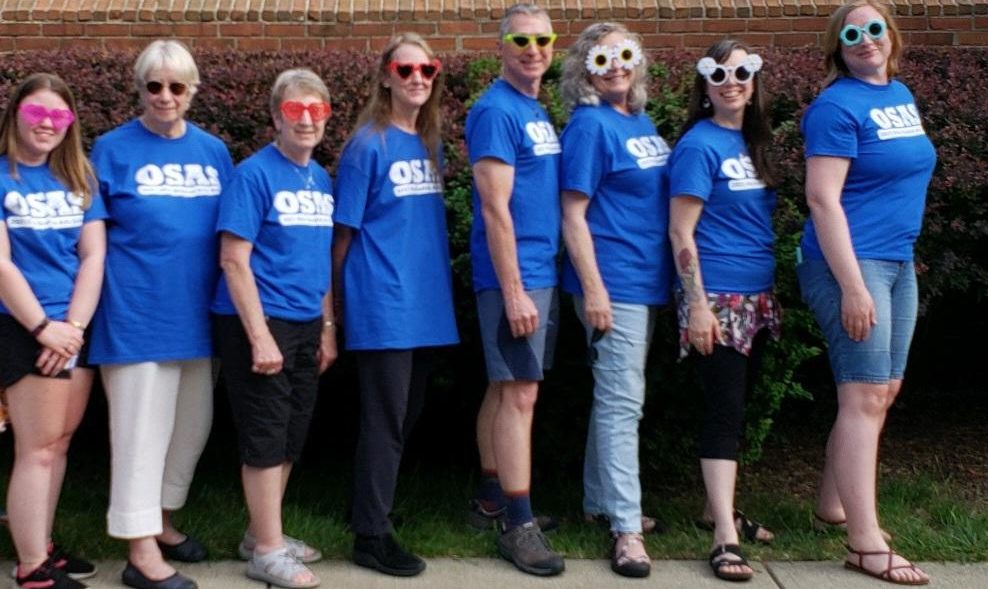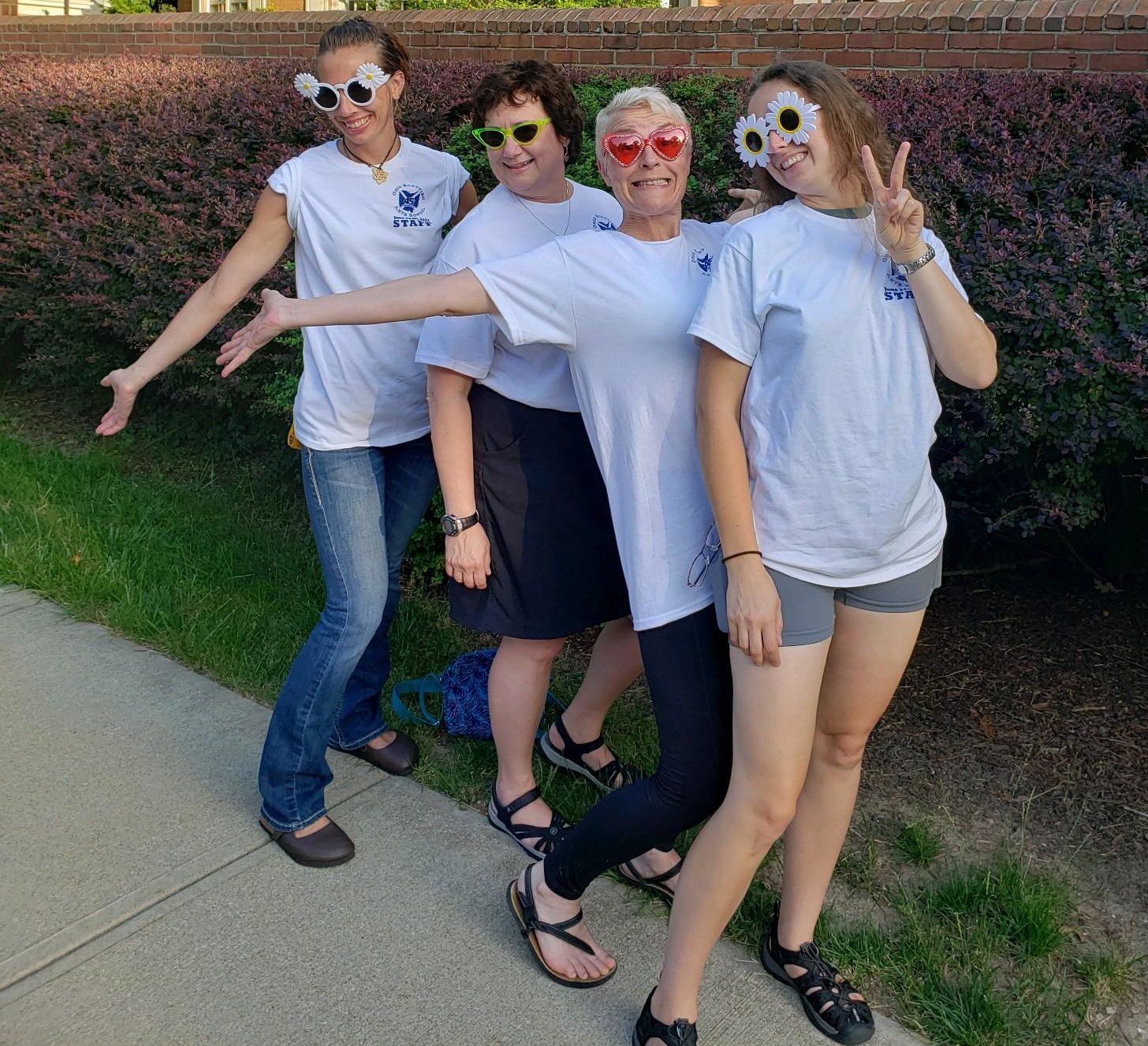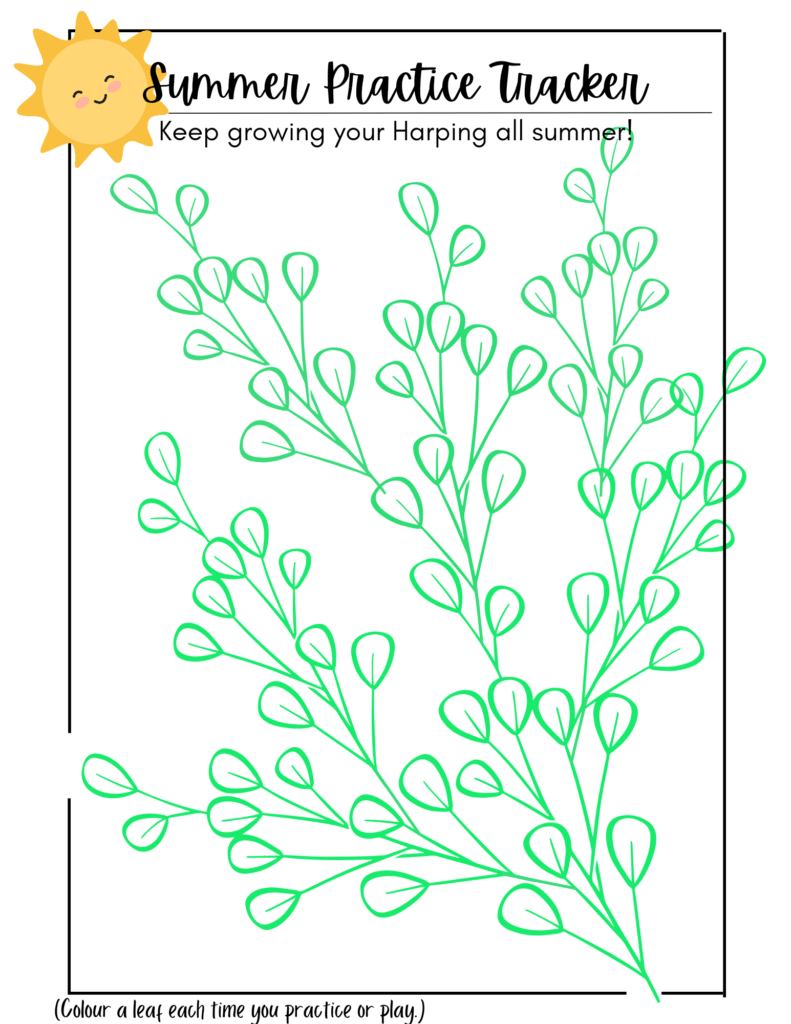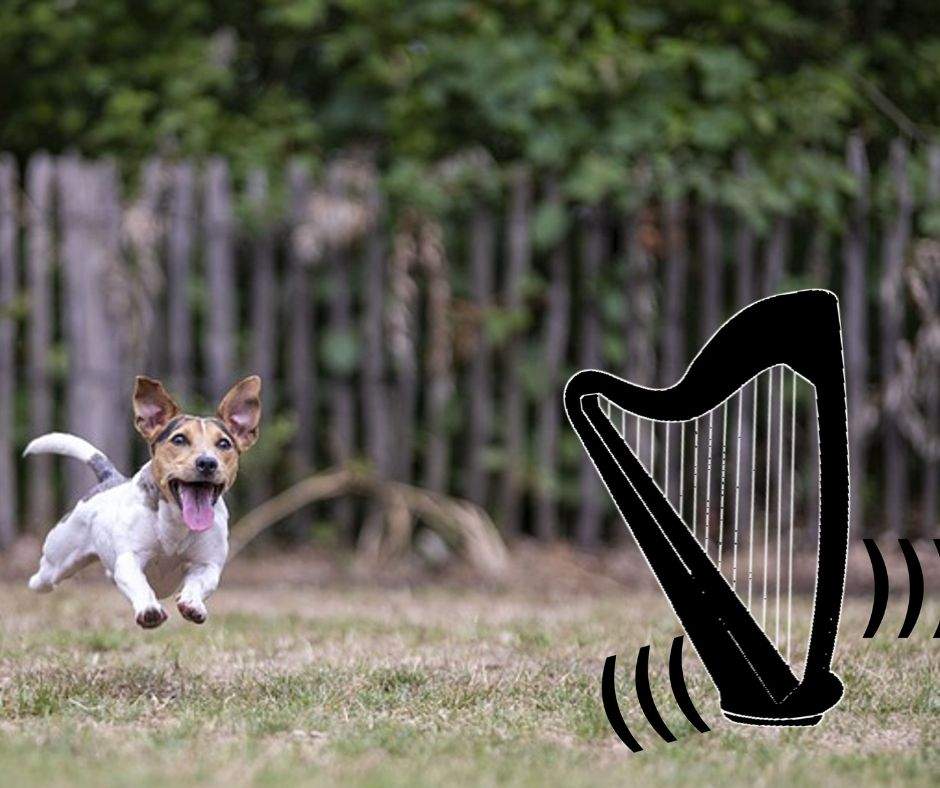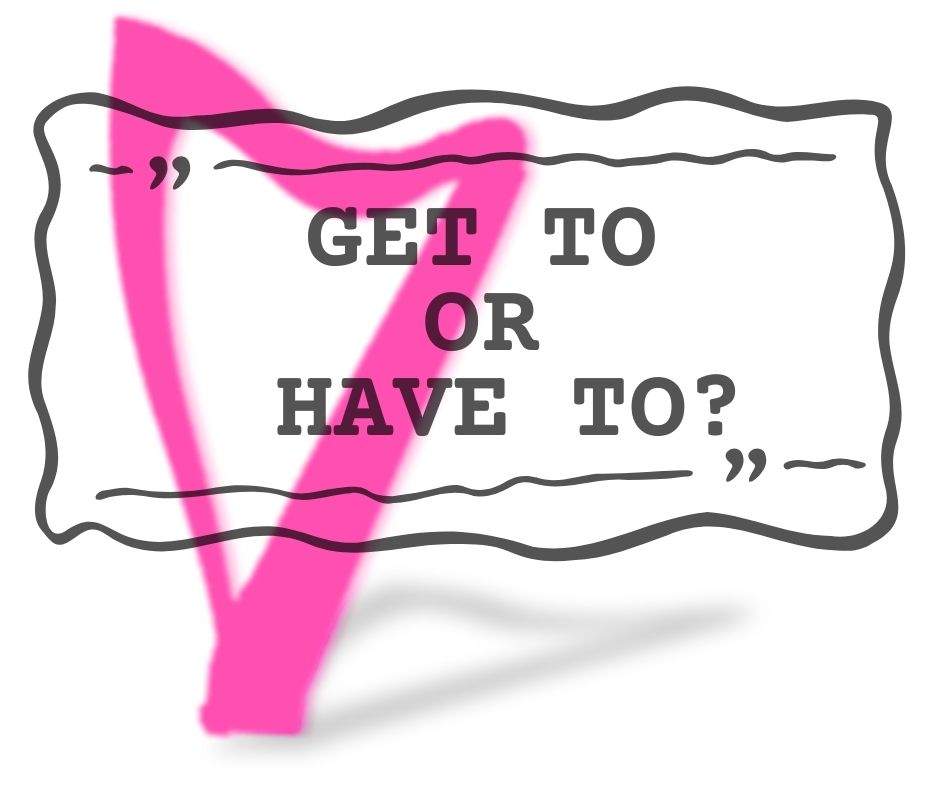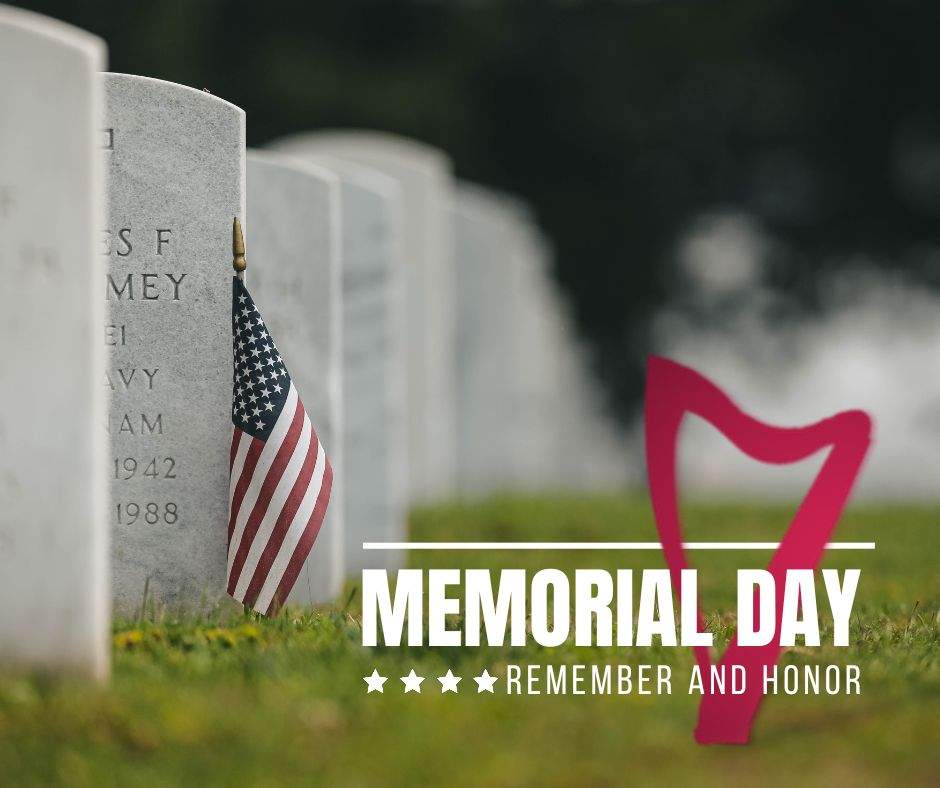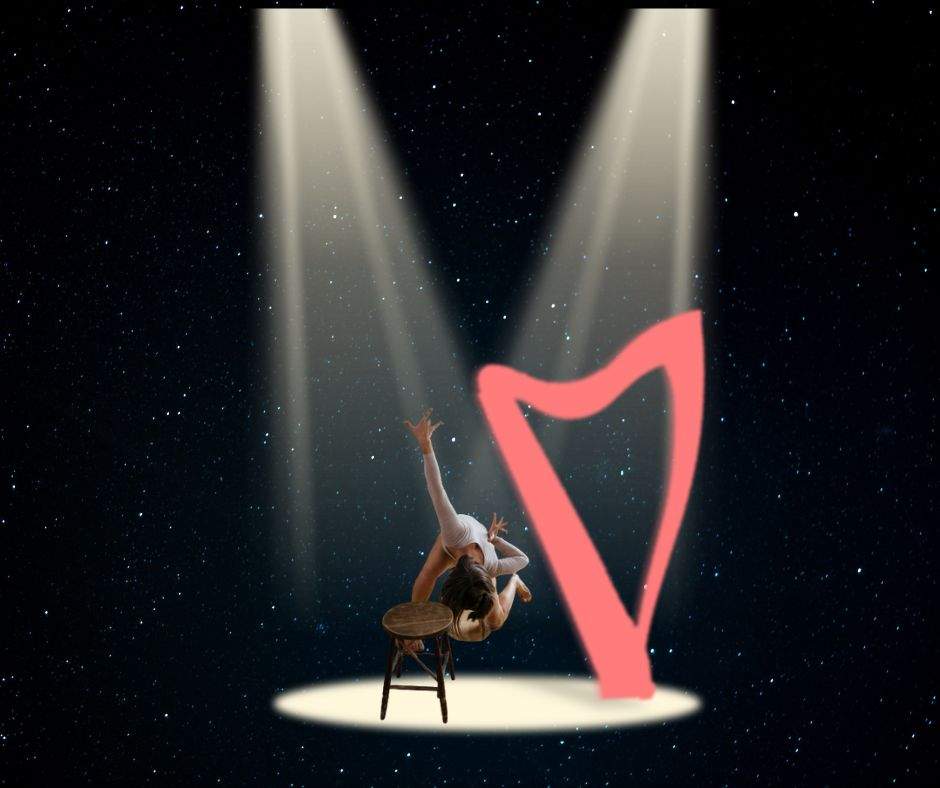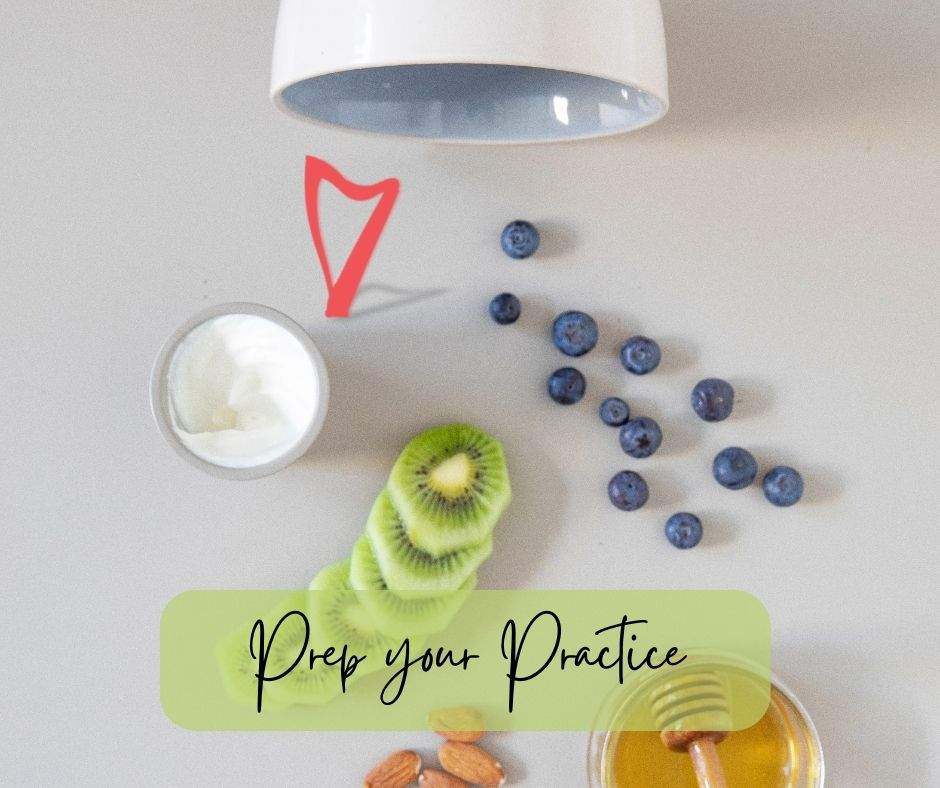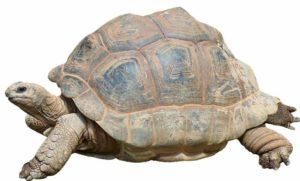My new favorite thing
Having a seat at just the right height is so important to being able to play comfortably, healthfully, and safely. But it is equally important that the seat be comfortable enough to sit for as long as you need to be sitting at your harp. And you need to be the right distance from the ground so that your legs and knees are comfortable at 90o angles. You also need to have a seat that is lightweight enough to move, not only around the space behind the harp but also into and out of the car and wherever else you need to bring your harp and play.
That’s kind of a tall order. I have had an X bench since I started playing but they don’t seem to make that anymore. It is perfect – the right height, relatively light weight and I have a carrying case so it’s easy to bring to gigs and workshops.
But when I have a lot of stuff to carry (like when I go to Ohio Scottish Arts School) it becomes a little bit of a liability. A lot of other people have a bench that looks like mine so it could be easy to lose. And it isn’t small (even when collapsed). And if I have to carry my harp around the building (to move from room to room to teach or to join a session) then the bench is harder to bring along (and requires multiple trips).
So, as perfect as the bench is, it started to be not quite as perfect as I would like. I was looking for another solution that was easier to carry and provided more flexible seat heights.
I found one! (yea amazon) I found a collapsible camping stool that can go from 2.3 to 17.75 inches high, weighs a little more than 2½ pounds, supports up to 400 pounds, comes in colors, and is less than $30. When fully collapsed, it fits in the pocket of my harp case. You can even get a cushion. I sit on mine for a long time on teaching days and while you won’t find them in luxury seating, they do the trick and are relatively comfortable for gigs or competitions – or even long teaching days. There are many versions available, but this is the one I got (I can’t vouch for the others):
(Because someplaces have laws: Nope, no affiliate link, just a link. I’m sharing what I know. This is my opinion; I’m not compensated for sharing it. But I did want you to know what I found).
If you get one, let me know what you think – I’d love to hear about your experience!
